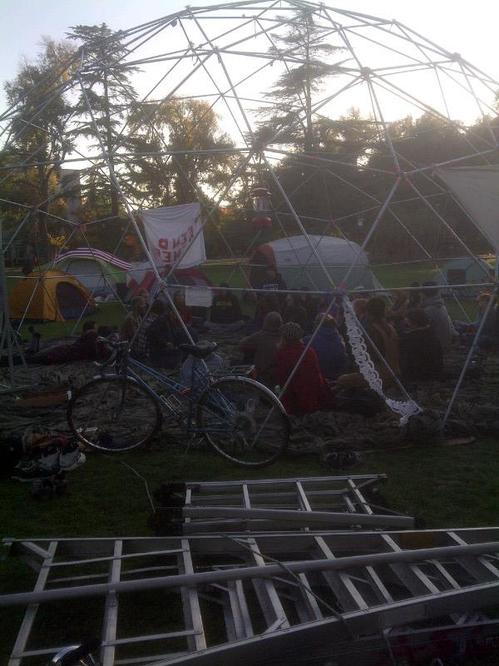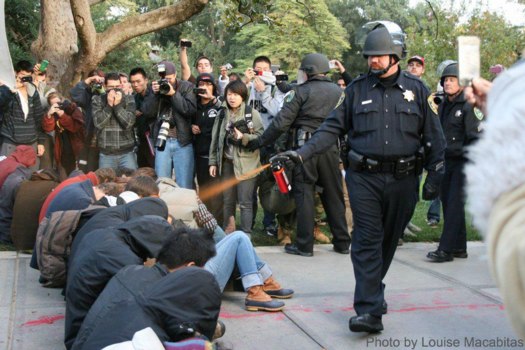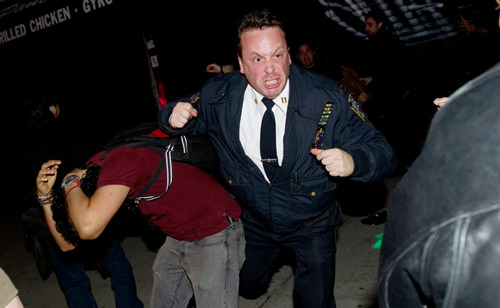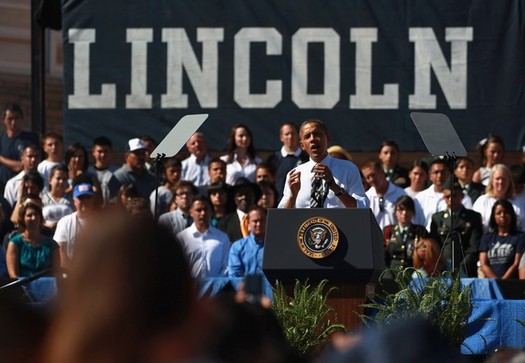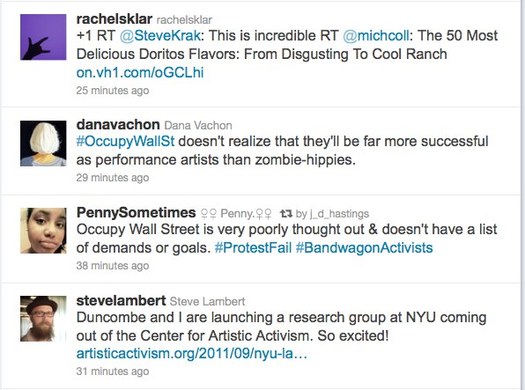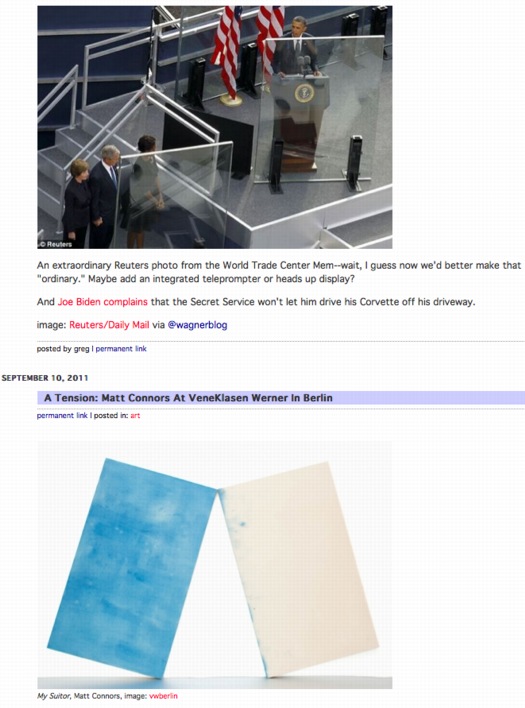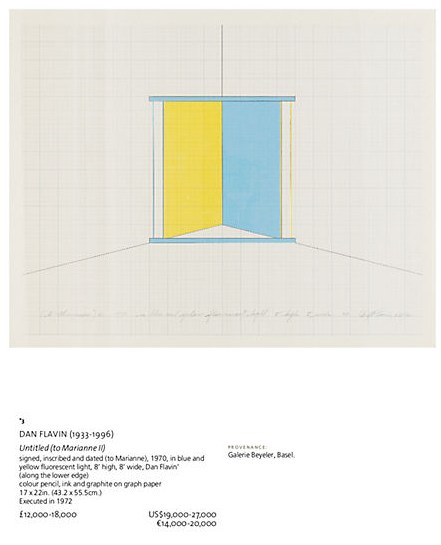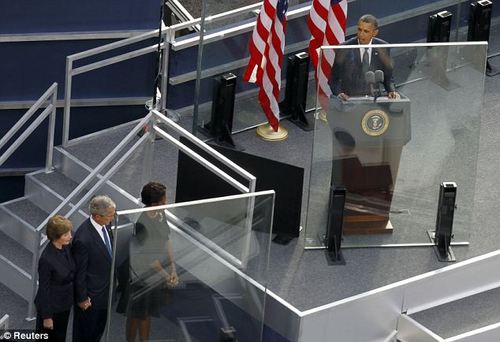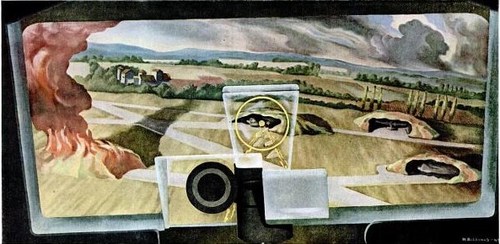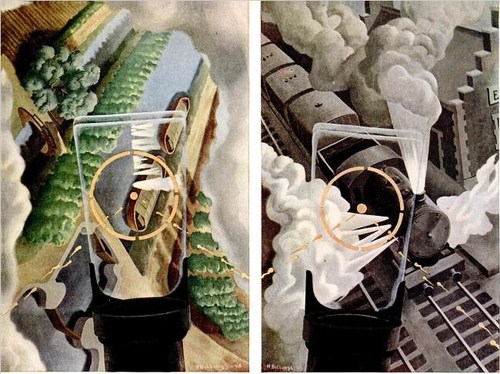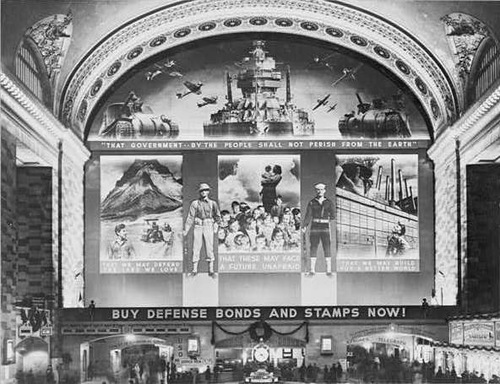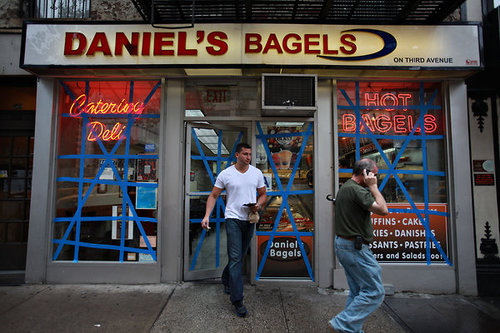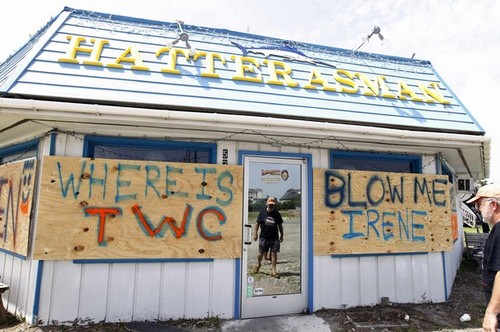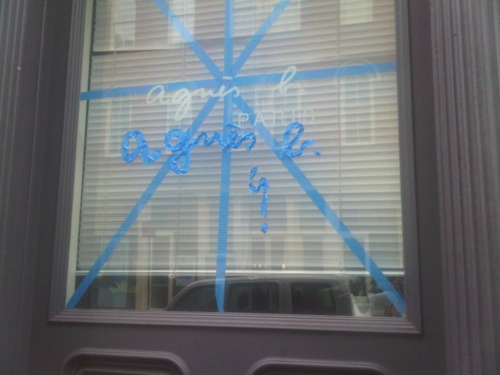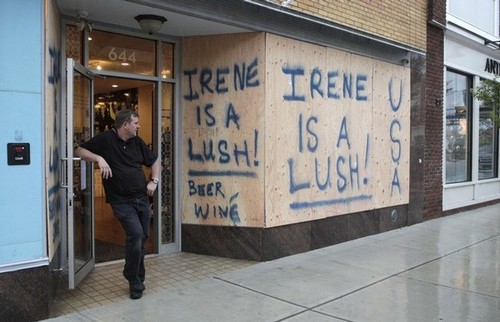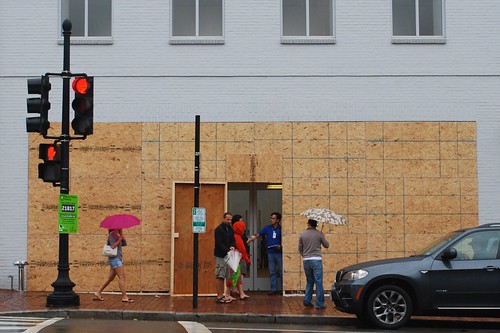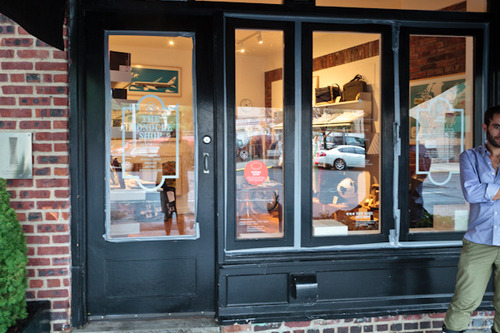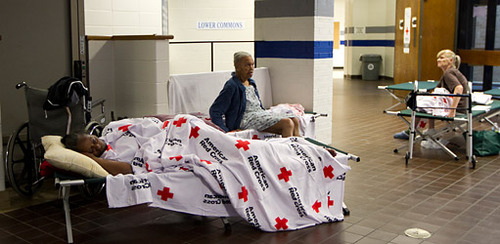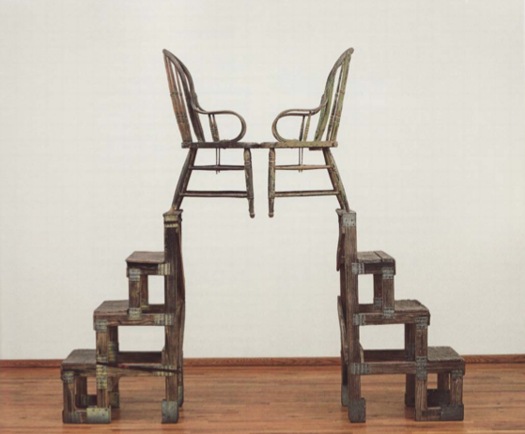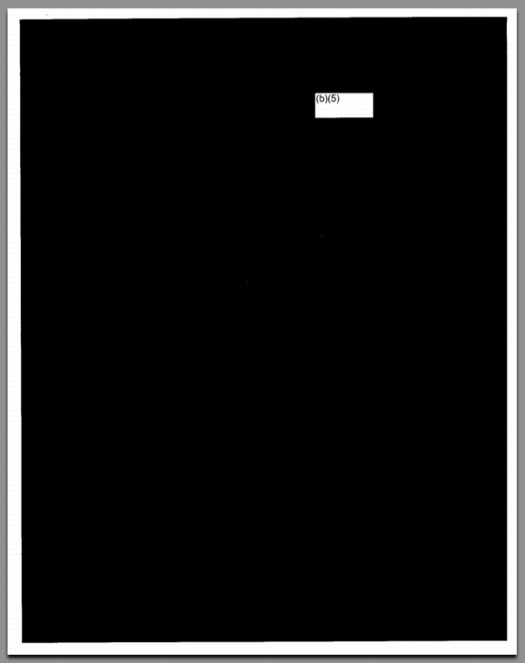I don’t know what, if anything, these mean, but these two stories last week made me wonder about the relationship of art and politics and Washington DC as viewed from a political/media perspective.
First up, and most disturbing, was the Washington Post Arts/Style section’s discussion of an American Psychology Association study [which, right?] linking creativity with lying & cheating. The Post was not alone in referencing artists–it took its headline, “Are artists cheaters?” from The Economist, “Are artists liars?”. But unlike the Economist, which actually didn’t discuss artists or art at all, the Post framed its entire story about the study around the inherent dishonesty of art and artists in a way I found facile and offhandedly hostile:
It’s not a wholly new idea. Being a liar is a requirement of being an artist, Ian Leslie argued in the Economist. “If art is a kind of lying, then lying is a form of art, albeit of a lower order — as Oscar Wilde and Mark Twain have observed,” writes Leslie. “Both liars and artists refuse to accept the tyranny of reality.”
Lying and cheating for one’s art — as in making up stories, cultivating a persona, and even appropriating other’s work — is different than cheating for personal gain, though. There have been prominent examples of artists who have engaged in both forms of it. Paul Gauguin’s numerous ethical breaches — beyond sleeping with teenage girls in his adopted homeland of Tahiti — included misrepresenting his paintings of the island to collectors back in France as a garden paradise, when in fact, it was colonized and stricken with alcoholism and disease.
So artists are prone, even required to “act unethically.” And so when someone who is, by every definition, an uncreative non-artist lies with the express, unethical intent to deceive, it is called art.
That’s according to an anonymous Mitt Romney campaign official rationalizing his candidate’s patently dishonest misrepresentation of a statement of President Obama:
“First of all, ads are propaganda by definition. We are in the persuasion business, the propaganda business…. Ads are agitprop…. Ads are about hyperbole, they are about editing. It’s ludicrous for them to say that an ad is taking something out of context…. All ads do that. They are manipulative pieces of persuasive art.” [The Reinvention of Political Morality, -NYT]
Which, of course, is all on the heels of Rachel Maddow’s ongoing mockery of Herman Cain’s delusional, lie-filled campaign as “performance art.”
This conflation of art and lying not only serves to justify, albeit cynically, the actual unethical behavior in the political realm, it also weakens and pre-emptively discredits art itself as a vehicle for protest, speech, idealism, or whatever intent/content the artist might have. It seems like one [more] way in which politics plays politics with art in ways that art is not even fully aware.
If there’s any good writing or thinking on this kind of thing, I’d love to hear about it. Honestly.

